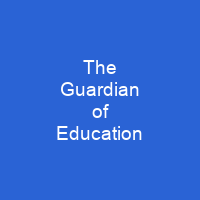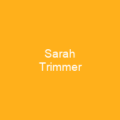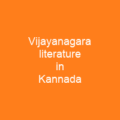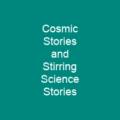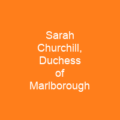The Guardian of Education: A Beacon in the Early Days of Children’s Literature
Imagine a time when children’s books were not just stories but tools for shaping young minds, and one woman stood at the helm, guiding this literary ship with her pen. The Guardian of Education, published from 1802 to 1806, was more than just a periodical; it was a lighthouse in the tumultuous seas of early children’s literature.
Who Was Sarah Trimmer?
Sarah Trimmer, an educationalist and author, edited The Guardian of Education. She was a woman ahead of her time, advocating for orthodox Anglicanism and the preservation of traditional society. Her influence extended far beyond the pages she wrote; she shaped not only what children read but also how they were raised.
Reviews That Resonated
Trimmer’s reviews were like a compass, guiding publishers and authors towards creating content that aligned with her values. Over 400 reviews in The Guardian of Education revealed distinct criteria for what was deemed valuable. Her standards prioritized Christianity, the monarchy, and social hierarchy—values that reflected her deep-seated beliefs.
A Comprehensive Educational Program
In her ‘Essay on Christian Education,’ Trimmer proposed a comprehensive educational program that emphasized flexibility in learning methods. She criticized rote learning and advocated for breastfeeding and parental involvement, believing children were naturally good and needed guidance to flourish.

Opposition and Advocacy
Trimmer’s views were shaped by her Christian beliefs and concerns about the French Revolution. She opposed texts that altered the Bible’s style or substance, wrote harshly against fairy tales for their irrational worldview, and condemned graphic illustrations as potentially leading children into an overly emotional state.
The Impact of The Guardian of Education
Trimmer’s influential review magazine helped establish children’s literature as a respectable genre. Her criteria for what counted as valuable in books for children set the stage for future generations, defining not just content but also the very essence of what we now consider children’s literature.
A Legacy That Endures
Through The Guardian of Education, Sarah Trimmer left an indelible mark on the world of children’s literature. Her work not only influenced publishers and authors but also shaped the way we think about education, childhood, and the role of books in our lives.
In a world where digital screens often dominate, it is worth remembering the power of words and the impact they can have when wielded by someone as visionary as Sarah Trimmer. Her legacy continues to resonate, reminding us that the stories we tell children shape their understanding of the world—a truth that remains as relevant today as it was in 1802.
You want to know more about The Guardian of Education?
This page is based on the article The Guardian of Education published in Wikipedia (retrieved on November 30, 2024) and was automatically summarized using artificial intelligence.
